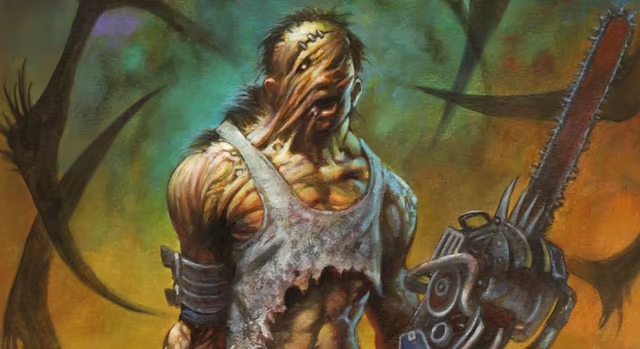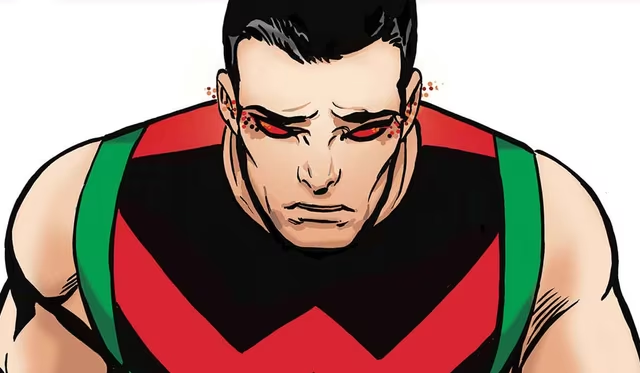If you click on a link and make a purchase we may receive a small commission. Read our editorial policy.
2000 AD: The work required to keep the Galaxy's Greatest Comic on its weekly schedule
What does it take to get a 32-page anthology comic into stores every week? A lot, it turns out

British comics anthology 2000 AD is a comic unlike any other for all manner of reasons, from its irreverent attitude, its place in comic book history — helping make the career of creators including Alan Moore, Dave Gibbons, Brian Bolland, Grant Morrison and Garth Ennis, amongst many others — and its ability to reinvent itself on a regular basis.
For American audiences, though, one of its primary differentiators is the fact that it’s been coming out almost every week without fail — a printers strike and planned holiday season slowdowns aside — for more than four decades now. What does it take to keep up that kind of schedule? Popverse asked editor Matt Smith, who’s been in charge of 2000 AD since 2002, that very question.
“It's like looking ahead to what space needs filling and also making sure that you've got everything in place for the next week's prog,” Smith explained, using 2000 AD’s terminology for each issue. (“Prog” is short for “Programme,” which is how each issue was originally described when the series launched in the late 1970s.).
He continued, “It never really ends really, because the issue goes to print on a Wednesday, and as soon as that's gone, then you have to start thinking about next week's prog. Thursday, I start sending off the scripts to the letterers to get the lettering. So part of it is constantly thinking about the next issue, and then basically looking ahead and seeing how much of a series you've got in already and whether you can run it at a certain time. There was a phrase that I think [former 2000 AD editor] David Bishop coined, the ‘backwards art of extrapolation,’ where you look to see when you need the last episode in full, and then you work backwards from there. And then you can work out what deadlines you can give an artist. Basically, you have hopefully between 50 and 75% of the story already in the bag before you start running it. Because once you start running it, you start hitting that weekly deadline, it becomes a bit of a race to the end.”

Unlike American periodicals released in the comic shop-centric Direct Market — which offers material to retailers on a traditionally non-returnable basis, with those retailers selling it to customers who are willing to be patient for their favorites — 2000 AD is primarily sold on newsstands in the United Kingdom, which means there are very different pressures to hitting deadlines.
“Newsstand is very unforgiving on titles that don't hit their on-sale date, so if the issue doesn't go to print on its particular day, then it gets knocked back and that puts pressure on whether it'll reach the shops in time. And then, if it goes on sale late, then [newsstand retailers] get a bit sniffy and you could end up getting fined for not hitting your own sale dates,” Smith explained. “Also, it affects the audience as well. Once the comics doesn't appear when they think it's going to appear, then they start drifting away. You've seen that with other titles that have been and gone, where they start drifting and staggering their on-sale dates, and the audience just loses interest and then gradually the magazine winds up [folding]. So they absolutely have to hit those on-sale dates to keep that audience on board.”
Become a Popverse member to read the complete conversation with Smith here.
Currently running in 2000 AD is a new Judge Dredd storyline that addresses the prospect of defunding the police; take a look at our preview of the opening chapter.
Follow Popverse for upcoming event coverage and news
Find out how we conduct our review by reading our review policy
Let Popverse be your tour guide through the wilderness of pop culture
Sign in and let us help you find your new favorite thing.
















Comments
Want to join the discussion? Please activate your account first.
Visit Reedpop ID if you need to resend the confirmation email.